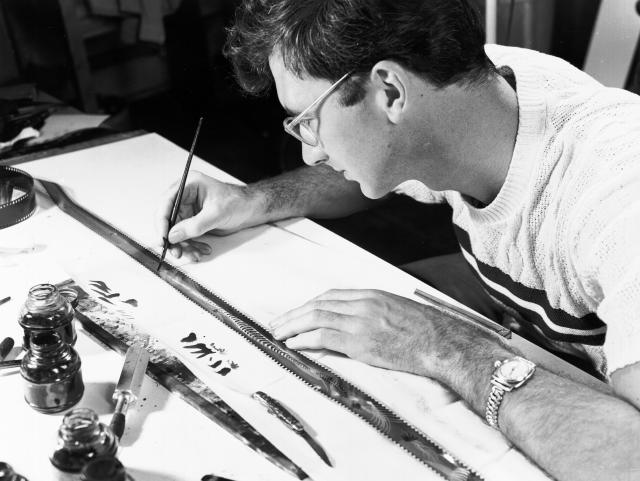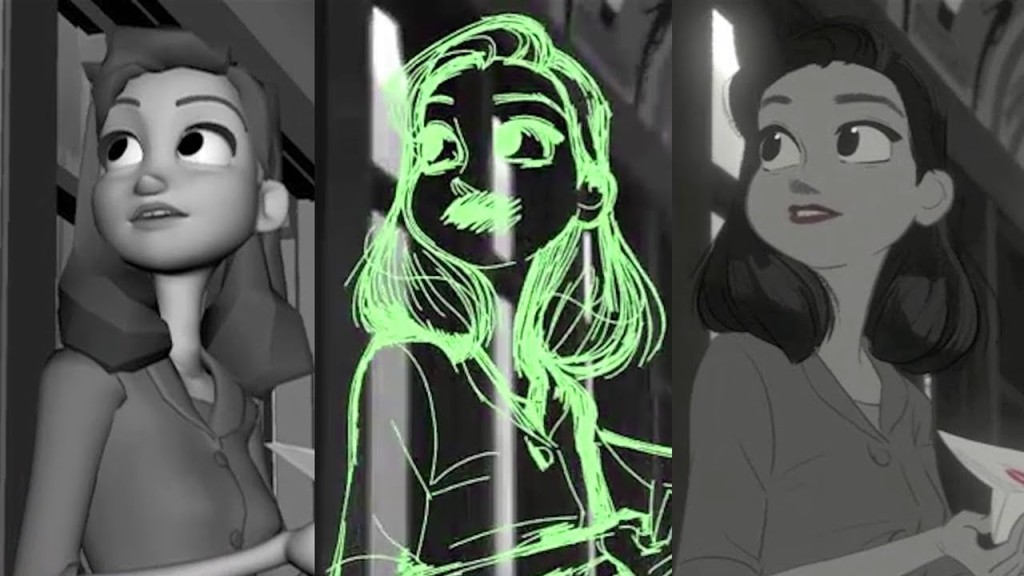The animation industry of Canada has been reputed and recognized for its undying contribution towards the upliftment of the global industry. Ever since the early 1940s the Canadian animation fraternity – largely riding on back of the legacy of Norman McLaren (1914-87) and the National Film Board of Canada (NFB) – has given some of the most memorable characters and series that have been experienced across generations.
After the founding of the NFB in 1939, the commercial pressures on artists and studios were eased – this in turn allowed them to push the envelope in creating and developing ground-breaking and differentiated offerings in animation content for the world.
In 1942, McLaren was put in charge of the fledgling animation department to produce short propaganda messages for the war effort. McLaren’s effervescent imagination was applied to this task immediately. He also began to recruit young artists from across Canada to assist him, thereby laying the foundation for the future success of the NFB. His films might be better termed as experimental rather than animation, and over the years he created a body of work that was unparalleled in all of cinema; and he honestly is Canada’s most honoured filmmaker, who received literally hundreds of prizes and awards during his lifetime. His worldwide influence is indisputable.

But, the progress of Canada’s animation industry only flourished from there on and beginning of early 1970s the animators in the country had already adapted/evolved to using computer generated imagery (CGI) for creating animation.
Above all one of the most important reasons for the Canadian animation industry to flourish was government-imposed cuts to the operating budgets. The NFB cut back in other areas of production but animation remains its crown jewel. The NFB continues to innovate and create some of the best animated films in the world, including co-productions with the private studios.
So what really splits India’s animation industry from that of Canada? We too have our very own inspiration of thousands and the father of Indian animation Ram Mohanji, who began his career in the Cartoon Films Unit, Films Division of India in 1956 and got an opportunity to work with the Walt Disney great Clair Weeks. There was also the great Bhimsain Khurana, who went on to create the still reminiscent animation short called ‘Ek Anek Aur Ekta’.
We also have the Children’s Film Society of India (CFSI) which was set up by the Ministry of Information and Broadcasting in early 1955 to produces feature films and short films for children in various languages of India. It began to organise subsidised shows and distributes film prints as well to encourage more young filmmakers to make meaningful cinema. In the last 52 years CFSI has made 114 feature films, 45 short animations, 9 puppet films, as well as 52 short documentaries and news magazines.
Well, the biggest hurdle that the Indian animation industry faces today is the lack of support (read air time) on Indian broadcasting networks for kids. Gone are the days when there were only one or two kids’ channels, now there are big networks – each boasting of at least two or three channels under its purview, but how much of the content on television is actually ‘Made in India’

Here is where one should note the prolific and high-quality Canadian contributions to animation in the medium of television, especially children’s television. Several studios, such as Cinar and Ciné-groupe in Montréal, Mainframe Entertainment in Vancouver and Nelvana Studio in Toronto concentrated on this genre. But, again this could have been made possible because of two major factors – support from the government (read tax subsidies) and support from the broadcasting networks as well.
Perhaps the most successful example is Nelvana. Formed by three friends (producer Michael Hirsh, director Patrick Loubert and British-born animator Clive Smith) in Toronto in 1971, the company has evolved – from a live-action and animation house that made local educational and broadcast fare, into one of the most important producers of children’s television programs in the world.
Out here in India, the cost of creating a simple 3D animation series could cost a studio anywhere close to Rs 10 lacs to 20 lacs per episode of 22 minutes, which is equivalent to around $15,000 to $30,000 and is far too expensive for a budding new studio to afford. Similar to the VFX industry, animation too is supposed to function on a seller’s model and not the other way around, but since earlier studios didn’t really value their own efforts they have only themselves to blame for skyrocketing costs of operations in today’s world.
Due to the outstanding legacy left behind by Norman McLaren and the NFB, Canadians dominate the world of animated features and shorts. It is not uncommon to find hundreds of unknown young Canadian animators contributing to the marvels from Disney, Pixar and Dreamworks.
India in no way lacks the talent in the animation industry, we have contemporary artists like E Suresh, Kireet Khurana, Vaibhav Kumaresh, Gitanjali Rao, Shilpa Ranade, Chetan Sharma and many more renowned artists and animators, who are simply waiting for the right opportunity to come by even as they continue to experiment with different forms of animation in the short films format, they all aspire to someday also make more massy animation content that can be enjoyed and explored by the masses of the country.
This brings us to the question that we are trying to answer through this report… What’s needed to enable more India-Canada animation co-productions? Well, India and Canada have recently inked a co-production audio-visual agreement, which makes the job that much more easier for Indian studios to now better understand how can they work or collaborate with studios based in Canada and benefit from the taxation structure that is practiced there.
Apart from this Federation of Indian Chambers of Commerce and Industry (FICCI), which has lobbied hard for getting this agreement done in the first place, is also taking a special delegate to Toronto, Canada between 8 and 13 September, on the sidelines of Toronto International Film Festival (TIFF) which is going to take place from 10 to 20 September, 2015. This visit will include participation in a daylong conference on co-production at TIFF, one to one meeting with companies from Canada for co-production deals and studio visits among other activities.
These are simply initial steps that are being taken towards building a mutually beneficial partnership between two countries with rich culture and heritage, but more importantly to exchange and share the amazing talent pool that each of the country’s animation industry posses!
